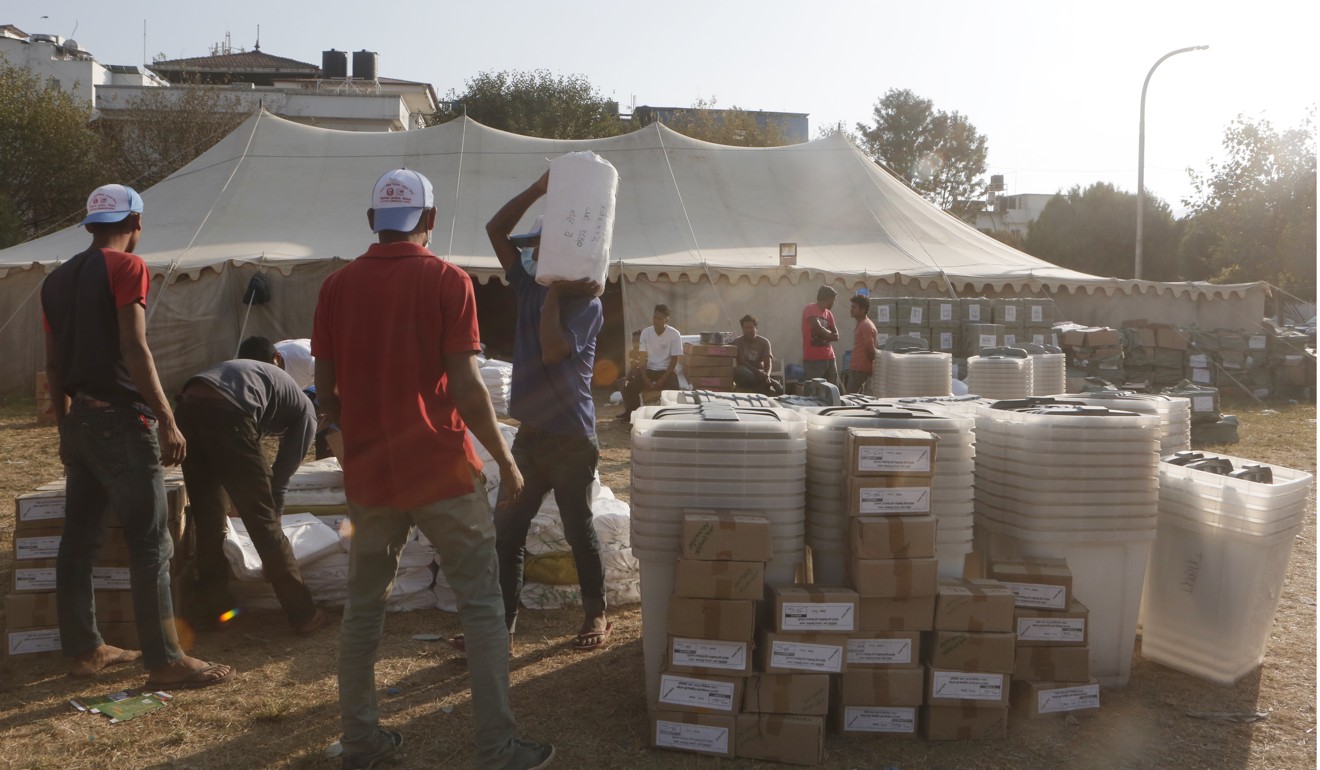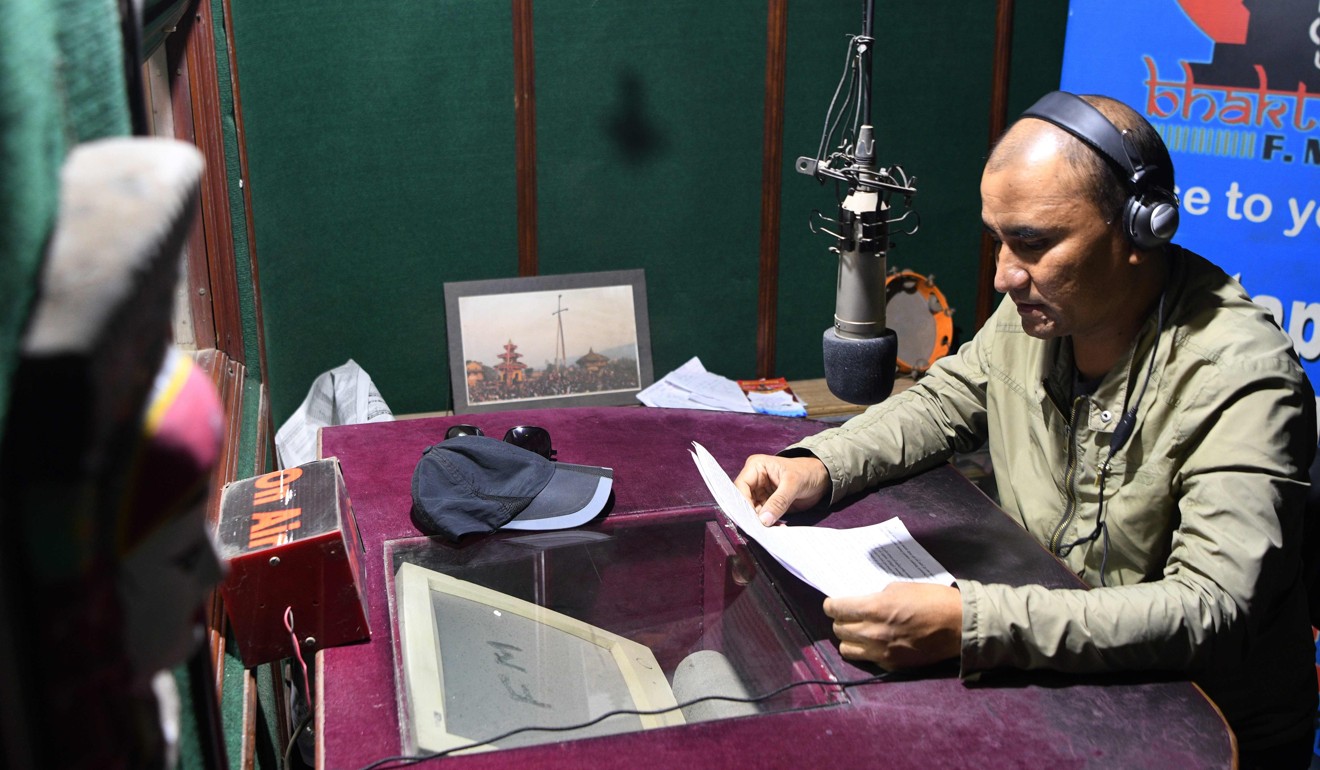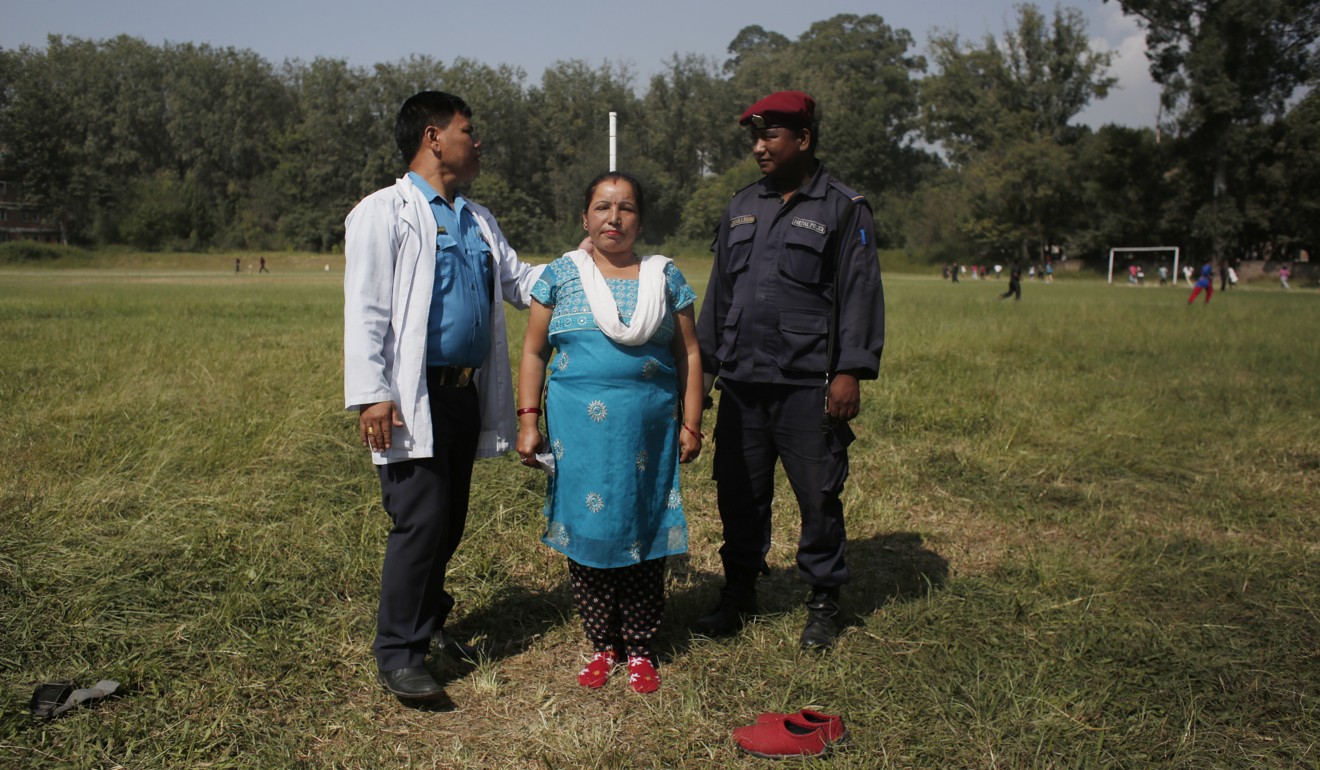
Nepal heading for stability with national vote, but ‘musical chairs’ expected to continue
Nepal on Sunday votes in historic elections for new national and provincial assemblies that many hope will bring much-needed stability to the desperately poor country, which has cycled through 10 leaders in the last 11 years.
The elections are the first under a new post-war constitution that paved the way for a sweeping overhaul of the political system intended to devolve power away from a top-heavy central government to seven newly created provinces.
The constitution, adopted in 2015, is aimed at cementing Nepal’s transformation from a feudal monarchy to a federal democratic state and giving historically marginalised groups greater access to power.

It followed a 10-year civil war between Maoist insurgents and the state that led to the downfall of a deeply unpopular monarch, but ushered in a long period of political instability that has hampered development.
“It really signals the end of a post conflict transition that was so elongated that we forgot where we were heading,” said George Varughese of the Asia Foundation think tank. “These elections remind us that we are heading towards stability.”
The vote will be carried out in two phases and most seats are expected to go to the three parties that have dominated the political stage for the last decade, regularly swapping power in a series of short-lived coalitions.

But some hope the devolution of power to the provinces will diminish their influence and alleviate the political impact of frequent changes of government.
“There is the chance, that although the musical chairs will continue, the effect it will have on national progress will be reduced,” said Varughese.
The Maoist Party, formed by the ex-guerillas after the war ended in 2006, has entered an electoral alliance with the communist CNP-UML party, creating a political behemoth that will be tough to beat.
That has left the ruling party, the centrist Nepali Congress, struggling to form links with smaller parties in a bid to remain in power.

Both have focused their election promises on the economic growth desperately needed in the landlocked country of 29 million, which suffered a devastating earthquake in 2015.
Nepal has one of the slowest growth rates in South Asia and relies for more than a third of its GDP on the remittances from its huge overseas workforce.
Last year nearly 400,000 Nepalis left the country for work, mostly on building sites in the Gulf and Malaysia.
The Communist alliance has pledged to increase per capita GDP from US$760 to US$5,000 in 10 years – a feat that would require annual growth of over 20 per cent – while the Nepali Congress promised to create up to 500,000 jobs a year. But few see those promises as realistic.

“The election declarations of the main parties would be hilarious if they were not proof of hallucination,” read a recent editorial in the Nepali Times newspaper.
In recent years Kathmandu has played diplomatic ping-pong with its two large neighbours, India and China, who use big-ticket infrastructure projects to vie for influence.
India has traditionally played the role of big brother to its small Himalayan neighbour, but a more nationalistic government led by the CPN-UML from 2015 to 2016 aggressively courted Beijing and Kathmandu-Delhi relations reached a nadir.
Relations have since improved and observers say that, if elected, the communist alliance is likely to take a softer line on India.

Nepal began its rocky transition from a Hindu monarchy to a federal democracy a decade ago with a peace deal that ended the brutal civil war, which had claimed the lives of at least 17,000 people.
The Maoist insurgency and the drawn-out peace process that followed were intended to create a more equal society in Nepal, but political instability and endemic corruption has undermined that goal.
A proportion of the 275 seats in the new national parliament will be allocated to women and people from indigenous communities and the lowest Dalit caste.
But political analyst CK Lal says the inequalities that sparked the insurgency persist.

“The aspirations of the different ethnic communities: they were not addressed. Secondly, a massive inclusion programme to address inequalities that exist in government mechanisms: it stands where it was,” Lal said. “Third was economic transformation to decrease inequalities, if not remove [them] altogether, that has not taken place.”
More than 300,000 members of the security forces will be deployed for the two-stage election, with northern provinces voting on Sunday and southern areas and Kathmandu going to the polls on December 7.
Results are expected a few days after the second vote.

.png?itok=arIb17P0)